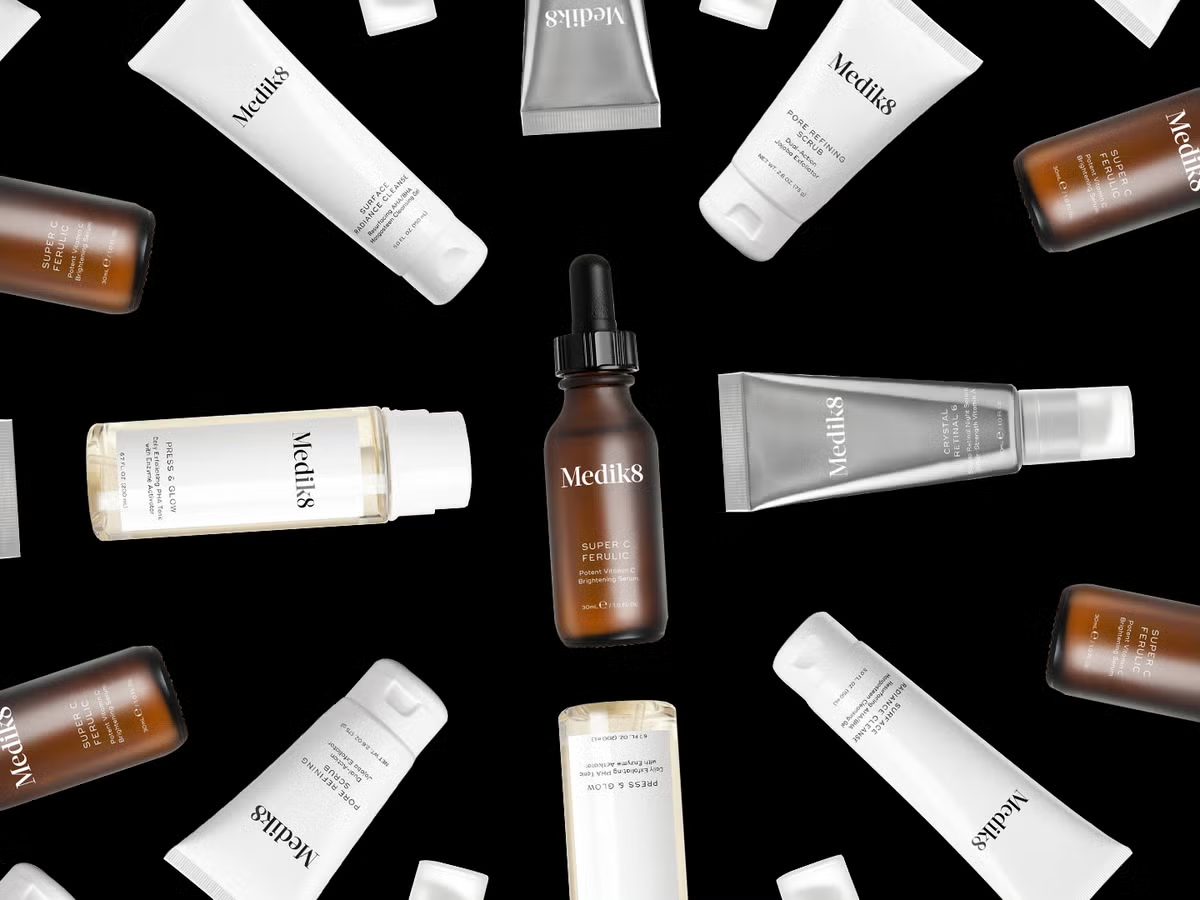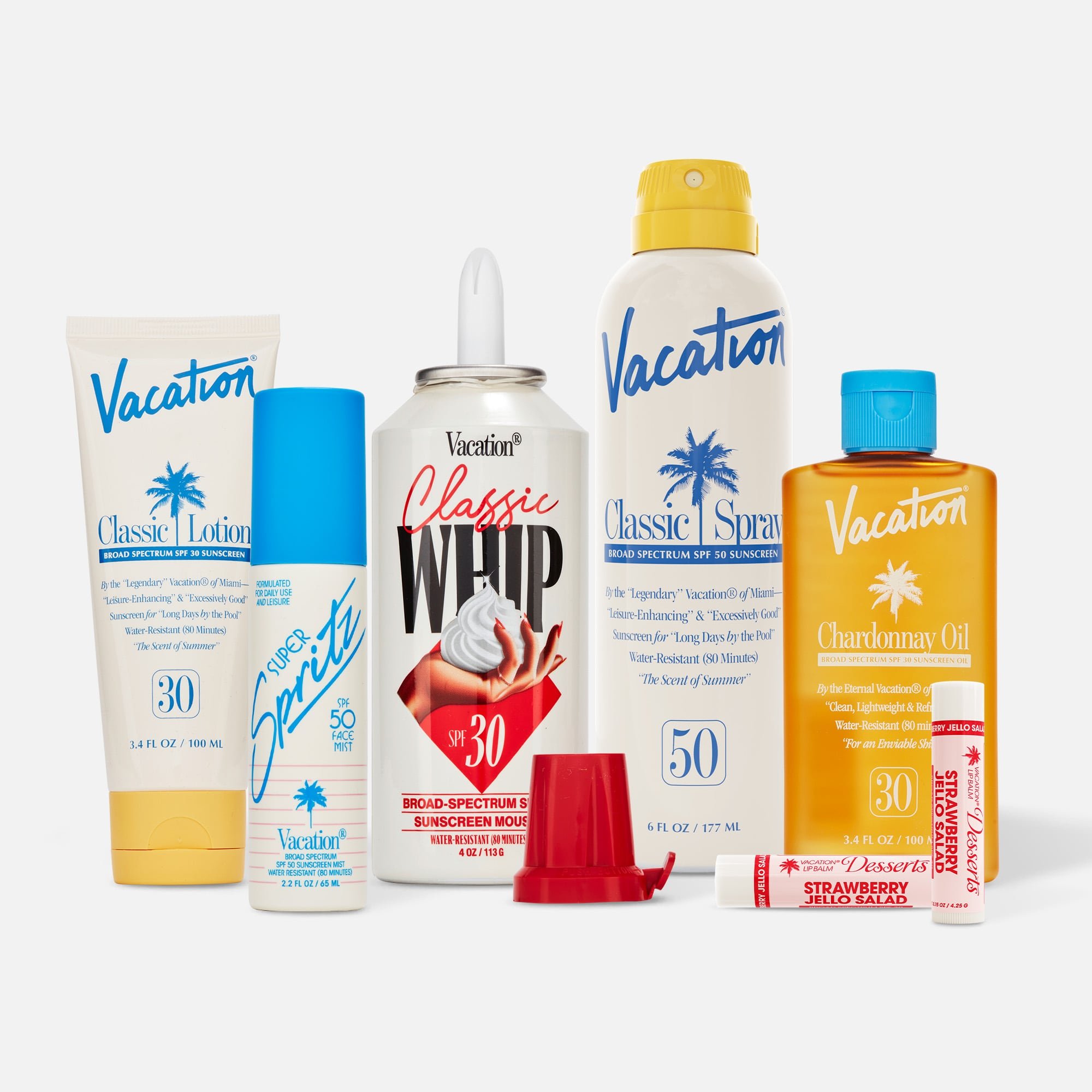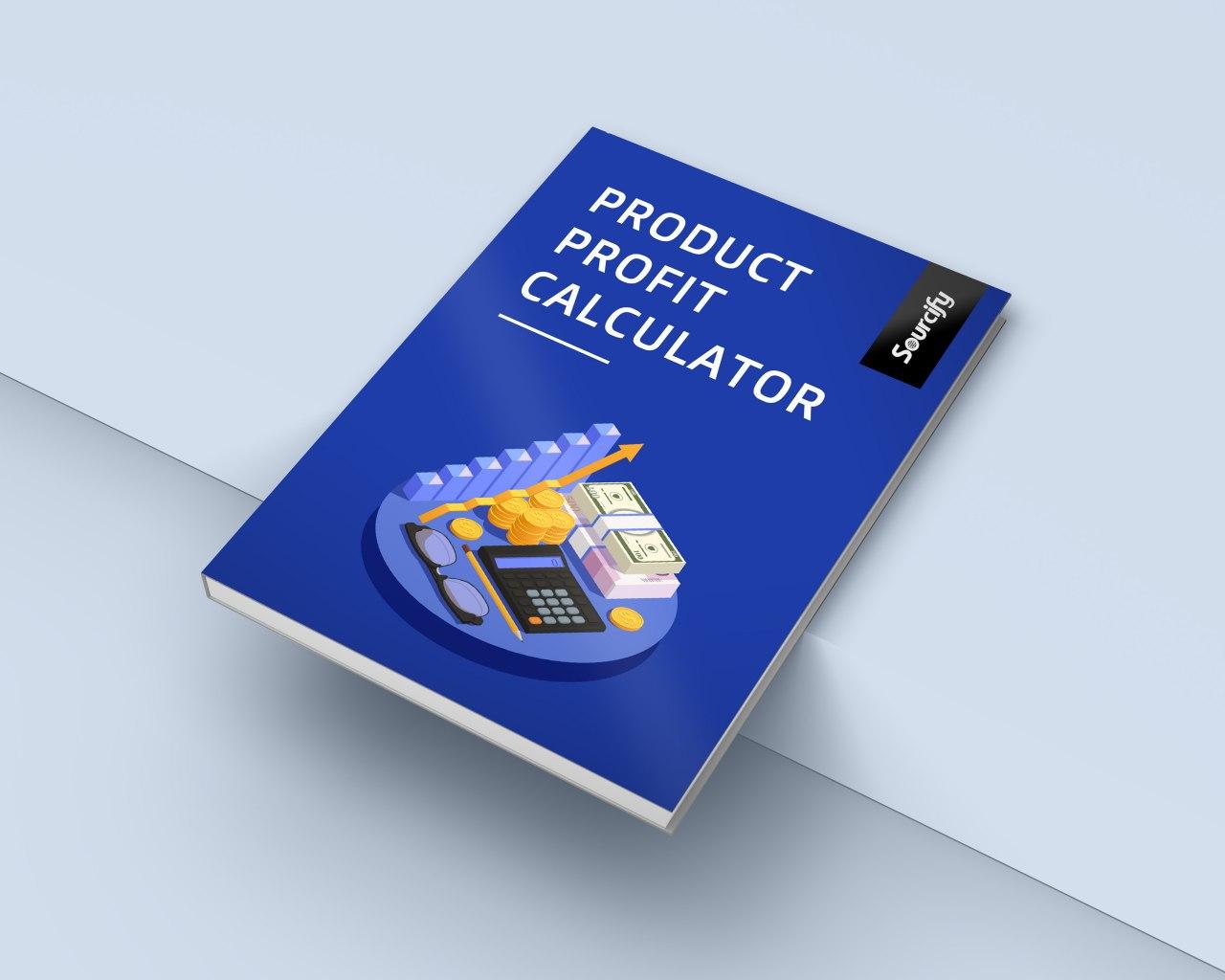What Skincare Founders Can Learn When Personalization Stops Scaling
What happens when a telehealth rocketship hits the limits of its own business model?
Curology is one of the clearest case studies we have.
They started as a category disruptor: a dermatologist-led, subscription-based telehealth platform offering custom prescription formulas, shipped straight to your door. They rode the early telemedicine wave, then the COVID boom, scaling to $200M+ in revenue and a unicorn valuation.
Then the world opened back up.
Telehealth cooled. The economics of personalized compounding and a 50-state provider network started to weigh on the P&L. And Curology did something most teams at that scale don’t do: they essentially rebuilt themselves.
Today, Curology is a hybrid:
- A telemedicine prescription business
- A national OTC skincare brand on shelves at Target, CVS, Walmart, and Amazon
They didn’t just build a $200M business once. They effectively did it twice.
This is a story about:
- Scaling in a heavily regulated category
- When personalization is a moat vs. a margin trap
- Missing (or hitting) your exit window
- And how to pivot without losing the core of what made you special
For skincare founders, Curology is less a “rise and fall” story than a playbook for reinvention.
1. Start With Access, Not Just Acne
Curology didn’t start as a clever DTC branding exercise. It started in exam rooms.
- Dr. David Lortscher, a dermatologist from a dermatology family, was practicing in New Mexico in 2012.
- Patients were driving hours for care, only to hit insurance friction and high pharmacy costs for something as common as acne.
- He saw a simple pattern:
- Drugstore products often didn’t work.
- Clinical combinations of actives worked most of the time — but access was the barrier.
Through volunteer work with AccessDerm (a teledermatology nonprofit), he realized many derm cases could be effectively handled using photos and asynchronous consults.
The founding question wasn’t:
“How do we launch a skincare brand?”
It was:
“How do we make dermatologist-level prescription skincare accessible nationwide?”
That question shaped everything: the model (telehealth), the tech (asynchronous platform), the operations (compounding pharmacy), and the brand promise (real derm care, not just another serum).
Founder takeaway:
Start with the access gap you’re solving, not just the skin concern. Acne, hyperpigmentation, rosacea — those are conditions. The real opportunity is where access, cost, and expertise are broken.
2. Build a Moat You Can Actually Operate
Curology’s early moat was very real — and very expensive.
To make teledermatology work at scale, they had to navigate:
State-by-state medical licensure
- Providers must be licensed in the patient’s state, not their own.
- Curology had to either:
- Hire providers across many states, or
- Build a network of multi-state-licensed clinicians
- They also had to form multiple medical entities (PCs/PLLCs) to stay compliant.
Compounding and pharmacy law
- Curology’s formulas were compounded prescriptions, not off-the-shelf drugs.
- That meant:
- A licensed compounding pharmacy
- Compliance with FDA and state Boards of Pharmacy
- Strict USP standards and individualized labeling
Telehealth consent, privacy, and advertising
- Asynchronous consults needed specific telehealth consent flows.
- Everything had to be HIPAA-compliant: photos, histories, notes, messaging.
- DTC advertising of prescription treatments required careful guardrails.
All of that… just to get to day one.
Sourcify POV:
Curology did something founders rarely do in healthcare or skincare: they accepted operational difficulty as part of their moat.But a moat you can’t afford to maintain will eventually become a cage.
When we work with regulated or “high-complexity” brands (RX-adjacent skincare, ingestibles, medical devices), we pressure-test two things early:
- Is this complexity strategic, or just “cool”?
- At scale, will it expand margin — or permanently cap it?
3. Nail One Problem Before You Expand
Curology launched in 2014 under the name PocketDerm, later rebranding to Curology in 2015. The initial product:
- One intake form
- A few photos
- A single custom cream
- Focus: acne only, mostly teens and young adults
Behind the scenes:
- Tech (built by David’s brother, Glenn) handled asynchronous provider workflows.
- Messaging focused on: “dermatologist-designed, prescription-strength, personalized.”
- Pricing quickly moved to a subscription model (~$20/month) to:
- Match ongoing treatment needs
- Stabilize revenue
They weren’t trying to be “the everything dermatology platform.” They went deep on one condition, one core demographic, one hero experience.
That discipline paved the way for:
- A $4.2M Series A (Forerunner)
- Expansion beyond acne
- Coverage across 36 states, then all 50
- New categories like anti-aging and hair loss down the line
Founder takeaway:
You don’t earn the right to be “holistic” out of the gate. Curology got to multi-condition care because they spent the early years being almost obsessively narrow.
4. Growth Before the Boom: Content, Referrals, and Clinical Credibility
Curology’s early growth playbook looked refreshingly grounded compared to today’s paid-social-first defaults:
- Content & SEO:
- Educational blogs on acne, routines, ingredients, and prescription care.
- Written by providers to build trust and authority.
- Influencers (early days):
- Free treatments to skincare YouTubers and Instagram creators.
- “Before and after” journeys became powerful proof.
- Referral loops:
- Credits / free months to refer friends.
- Especially effective in high school and college networks.
- Press positioning:
- Marketed as the “Warby Parker of skincare” to tech and beauty media.
This got them to:
- Tens of thousands of users
- Multi-state presence
- Revenue in the low tens of millions
- A $15M Series B (2016) and further funding in 2018
- ~$50M+ revenue by 2018–2019
They’d essentially proven:
A teledermatology subscription could become one of the largest DTC skincare businesses — even with the friction of prescriptions.
5. COVID: The Perfect Surge… and a Missed Exit Window
Then came 2020.
During the pandemic:
- In-person dermatology shut down.
- Telemedicine adoption exploded virtually overnight.
- Curology’s asynchronous, at-home model was suddenly perfectly positioned.
Numbers jumped:
- ~$180M revenue in 2020
- $200M+ in 2021, reportedly profitable
- $50M Series D and a ~$1.15B unicorn valuation
From the outside, it looked unstoppable.
But post-vaccine, a different picture emerged:
- In-person care came back.
- Telehealth usage fell to a more sustainable baseline.
- Curology’s high fixed costs — nationwide derm network, complex compounding, intense compliance — didn’t shrink nearly as fast.
- Core RX revenue began to decline, even as the brand remained large and respected.
It raises the hard question founders hate asking in real time:
Was COVID a proof point of Curology’s potential — or a stress test that exposed how fragile the model was at scale?
And a second one:
Did they miss their optimal exit window?
In hindsight, an IPO or strategic sale in late 2020 / early 2021 might have priced in peak telehealth enthusiasm. But you can’t rewind, and you can’t force an exit your org isn’t ready for.
Sourcify POV:
Exit windows don’t care how busy you are.When we work with brands at this phase, we push for “optionality prep”:
- Clean data room
- Clear cohorts and unit economics
- Documented playbooks
- A leadership bench that can survive diligence
You may never take the window. But if you’re not ready when it opens, it closes fast.
6. When Your Moat Becomes a Bottleneck
Curology’s moat was clear:
- Personalized RX
- 1:1 clinical oversight
- Custom compounding
It created real brand trust.
But it also created structural challenges:
- Heavy fixed costs
- Providers across 50 states
- Multiple legal entities
- Compounding infrastructure
- Limited economies of scale
- Each formula individualized
- Harder to drive down COGS than a standard OTC line
- CAC + churn squeeze
- Post-COVID, acquiring RX telemedicine patients became more expensive
- Subscription fatigue and competition (Hims, Ro, others) increased
So Curology had to ask an uncomfortable question:
Is deep personalization our forever moat — or the thing that will quietly cap how big and profitable we can be?
Their answer?
Rebuild the business around a hybrid model.
7. The Pivot: From RX-First to OTC & Retail
The seeds were planted before things got painful.
Early OTC add-ons (2018–2019)
- Non-prescription cleansers & moisturizers sold as add-ons to RX subscribers.
- Positioned as regimen support, not a new business model.
Strategic shift: Retail as a second engine
Why retail and OTC made sense:
- Demand for ongoing, non-RX maintenance products
- Subscription fatigue + rising CAC
- Retail offering scale & discovery without telehealth regulatory overhead
Key milestones:
- Dec 2022 – Curated OTC set launched with Target online
- Jan 2023 – Products rolled out to Target stores nationwide
- Gentle Cleanser
- Gel Moisturizer
- Emergency Spot Patches
- Starter acne kits
Then:
- July 2023 – “The Curology Shop” launches as a separate DTC OTC storefront
- Jan 2024 – 18 OTC products roll out on Amazon
- Aug 2024 – Expansion into CVS (~3,800 stores) and Walmart (~3,300 stores)
By 2024–2025:
- OTC products drive an estimated $25–35M annually
- RX revenue stabilizes around $70–80M
- Combined business sits in the $200–250M range but with higher-quality, more diversified revenue than the COVID peak
They let their original engine shrink by more than 50%…
…and rebuilt a second one next to it.
That’s not a tweak. That’s a transformation.
Sourcify POV:
When we help brands pivot from DTC to omnichannel or add retail, we focus on:
- Syncing formulation & packaging with mass manufacturing needs
- Rebuilding COGS & margin models for wholesale
- Designing inventory & replenishment systems for retailers’ expectations
- Making sure the DTC, Amazon, and retail stories all reinforce each other
Curology’s shift from “only RX, only subscription” to “RX + OTC across multiple channels” is exactly the kind of move that lives or dies on operational execution.
8. Rebuilding the Operations to Match the Strategy
Curology couldn’t just add retail on top of their old model. They had to rewire the machine.
Right-sizing the provider network
- Reduced full-time clinical staff as RX volume normalized
- Shifted some roles to part-time / contract
- Built more automation and asynchronous workflows to let fewer providers serve more patients
- Streamlined the telehealth platform to reduce manual touches
Compounding & fulfillment
- Consolidated compounding to a single scaled facility
- Automated more of the RX fulfillment flow
- Built separate, mass-production-oriented supply chains for OTC SKUs
New org muscles
- Dedicated retail / CPG ops team
- Forecasting & inventory planning for retail replenishment
- Rebalanced marketing:
- Less heavy spend on RX-only subscription acquisition
- More co-op and brand awareness supporting both OTC and RX
They went from being:
“A telemedicine company that also ships stuff”
to:
“A skincare company with a telemedicine engine and a national OTC footprint.”
That’s a fundamentally different operating model.
9. The Setup for an Exit
The recent leadership changes make the direction even clearer:
- 2022 – Founder/CEO Dr. Lortscher steps into Chairman role; Heather Wallace (ex-Revlon) becomes CEO.
- 2025 – Heather exits for a top job at Galderma; Kathy Savitt steps in as CEO; wider leadership reset underway.
This is classic late-stage behavior:
- Professional operators
- Hybrid business model (RX + OTC)
- Clean revenue streams that can appeal to:
- Beauty strategics (L’Oréal, Estée Lauder, J&J)
- PE roll-ups in digital health or beauty
- Public markets, especially if framed as “data-driven skincare” or “digital-first derma”
To “earn” the exit they likely want, the new leadership team needs to:
- Clarify the story
- Are they a telemedicine company with retail… or a skincare brand with telemedicine differentiation?
- Emphasize proprietary data and clinical insights if they want a “data + beauty” narrative.
- Show a stable, profitable revenue mix
- RX + OTC split in a healthy 60/40 or 70/30 range
- Attractive margins in both segments
- Prove the hybrid model works
- RX drives OTC attachment and vice versa
- OTC expands reach without cannibalizing RX excessively
- Keep international as an option, not a distraction
- Test OTC in a few key markets to show TAM expansion without overstretching ops
10. Founder Lessons from Curology’s Journey
If you’re building a skincare or health-adjacent brand, Curology’s path offers some blunt but valuable lessons:
- Don’t confuse a spike with the slope.
COVID was a spike. The underlying slope — what the business looks like in “normal” years — is what you have to live with. - Personalization is not automatically a moat.
It can be a margin trap if every layer of your model becomes bespoke (care, formula, fulfillment, compliance). - Telemedicine is a channel, not an identity.
Curology is strongest when telehealth is part of the story, not the whole story. - Pivots at scale are possible — but only if you’re honest.
They let a $150M+ engine shrink, then built another beside it. That requires clear-eyed leadership and a willingness to admit the old model couldn’t carry them forever. - Reinvention doesn’t erase what you built.
The RX business, data, and dermatology credibility are still core assets — now leveraged alongside mass retail.
If You’re Building “The Next Curology,” Get Your Operations Ready Early
Curology shows what happens when:
- Clinical expertise meets DTC creativity
- A real access problem drives the model
- A team is willing to pivot from a beautiful idea to a sustainable one
At Sourcify, this is where we live with skincare and health-adjacent brands:
- Selecting the right manufacturers and CDMOs
- Structuring formulations and packaging that can scale into retail
- Modeling COGS and margins across RX, OTC, DTC, Amazon, and brick-and-mortar
- Building inventory, forecasting, and operational plans that survive both booms and resets
- Helping leadership teams prepare for exit windows — even if they’re not sure yet whether they’ll take them
If you’re working on a skincare brand with complexity — personalization, actives, regulated claims, or telehealth components — you don’t have to figure out the operational side alone.
You focus on building something that deserves to exist.
We’ll help you build it so it can survive and scale.




